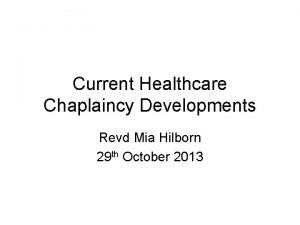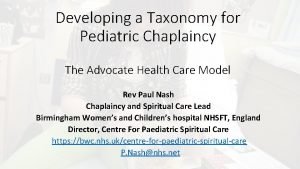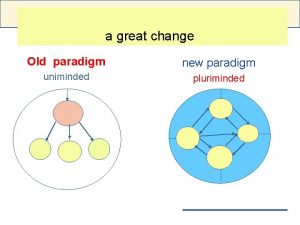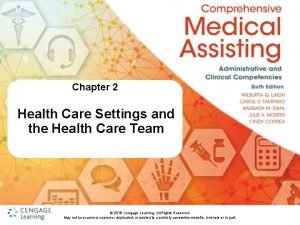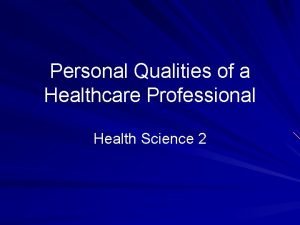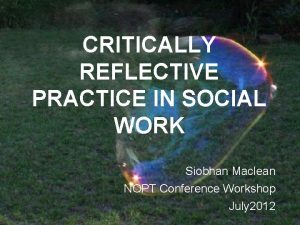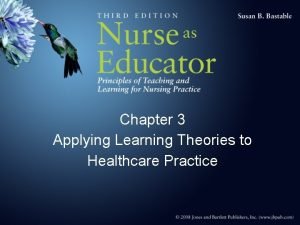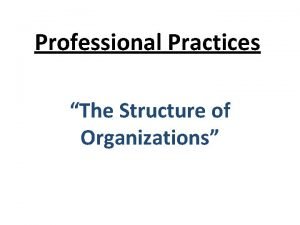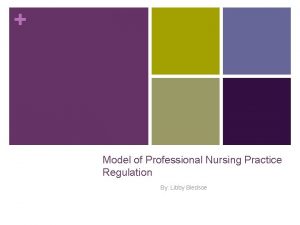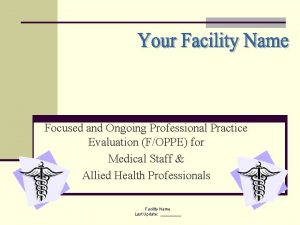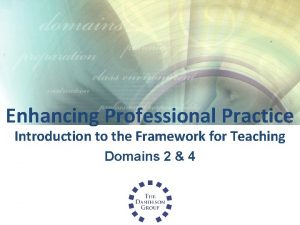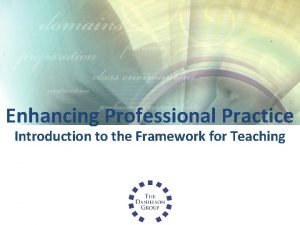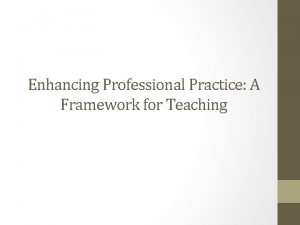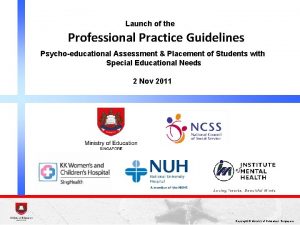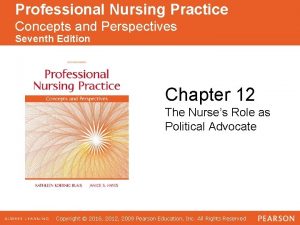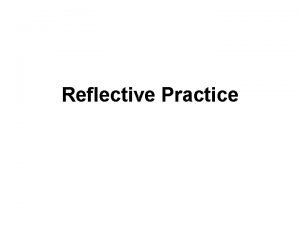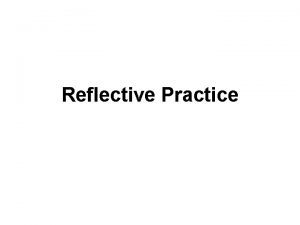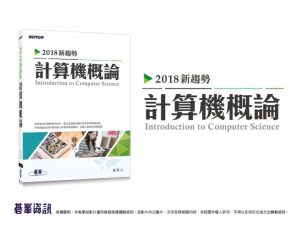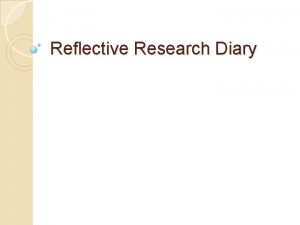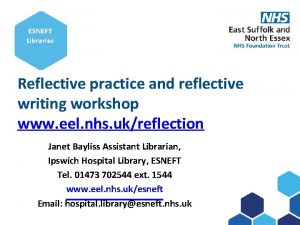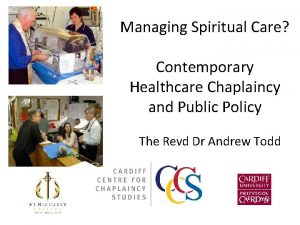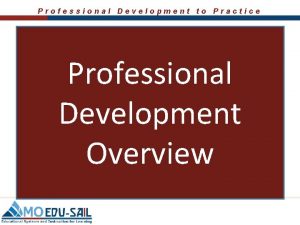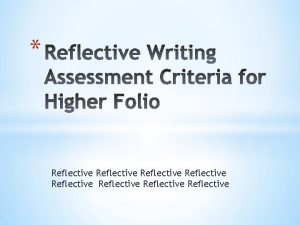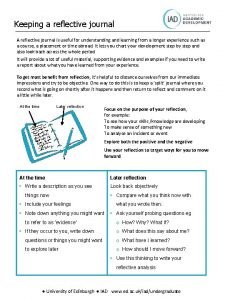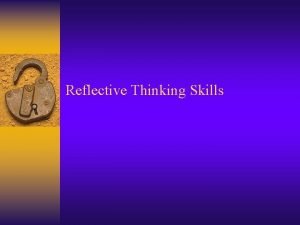Reflective Practice A Paradigm for Professional Healthcare Chaplaincy













































- Slides: 45

Reflective Practice: A Paradigm for Professional Healthcare (Chaplaincy) Practice

Introduction • MA in Psychodynamic Counselling/Psychotherapy • Healthcare chaplaincy • Facilitate reflective practice in healthcare setting • Personal experience of supervision • Transference and Counter-transference are not confined to therapeutic settings

Doctorate in Practical Theology (DPT) Safe Space for Slow Questions (SSf. SQs) is a critical reflection on my professional healthcare chaplaincy practice, which is directed towards the production of SSf. SQs in and for an acute NHS hospital institution and the inhabitants of that institution. This is an auto-ethnographic study using critical reflection to explore the impact of SSf. SQs. The aim is to inhabit, interrogate and critically examine my embodied healthcare chaplaincy (HC) practice using critical reflection (CR) as high level reflective practice (RP)

The Reflective Practice Paradigm Reflection in Action Reflection on Action Critical Reflection Reflexivity Reflexive New Knowledge about: Self, other and practice

The Legacy of Donald Schön • Schön identified particular dichotomies: • The way means were being separated from ends • The way research was separated from practice • The separation of knowing from doing • His dislike of these dichotomies led him to search for an alternative way of generating knowledge and thence an ‘epistemology of practice’.

The Reflective Practice Paradigm In the varied topography of professional practice, there is the high, hard ground overlooking the swamp. . . manageable problems lend themselves to solution through the application of research-based theory and technique. In the swampy lowlands problems defy technical solution. . . problems of the high ground tend to be relatively unimportant to individuals or society at large, while in the swamp lie the problems of greatest human concern. Schön (1983)

The Reflective Practice Paradigm The practitioner must choose. Shall he/she remain of high ground where he/she can solve relatively unimportant problems according to prevailing standards of rigor, or shall he/she descend into the swamp of important problems and non-rigorous inquiry? (1987)

Reflective Organic Organisation Bi-lingual Health Care Father Tongue Mother Tongue Technically Rational Transactional Care Professional Artistry Relational Care Is fundamentally an activity that enables people to reestablish a whole that was broken, to become not separate. In many instances this means making new connections, or broader connections to a reality that may have to include illness and suffering, the success or failure of treatment, even dying, death and bereavement.

My Practice as an Advancing Reflective Practitioner • SSf. SQs is an embodied practice whereby the production of the ‘space between’ is created and offered, by the nuanced and skilful use of self. The nature of this practice has been informed by psychotherapeutic understandings of therapeutic space, by socio-political theories of space, and by practical theological understandings of the sacred and space.


Seen and Unseen Sacred Space Model of Chaplaincy Practice • Unseen sacred space has two elements; • The interpersonal relational space or ‘space between’ engendered in every encounter between a chaplain and others by the inner heart space of the practitioner. • The inner boundaried ’heart space’ generated through empathy by the practitioner

Shaping Sacred Space The sacred is not something holy in itself. It is sacred when it enables us to open up to deeper wider higher planes of consciousness • • psychologically socially cosmologically metaphysically

Creation of Space Between • • • Michael Jacob describes what Donald Winnicott calls in counselling the facilitating environment for professional practice as carers as the ‘Space between’. Soulful practice would be the creation, holding and maintaining of this space between in each of our encounters as carers. Soulful relational practice is the foundation of integrated spiritual care.

Quality of the Space Between 2/20/2021 • It is a meeting at the level of humanity • It is created, held and maintained by our own inner space, or empathetic space. • The space between can contain and embrace the chaos. • In the space between pain and suffering can exist and find their place. • In the space between meaning is experienced 14

A Meeting is a Strange and Wonderful Thing… • The aim in every pastoral encounter is that through the holding and containing, persons may know love in the giving and receiving of it. • An additional quality to the facilitating environment is the capacity to ‘not know’ (Bion 1967), • quality of ‘emptiness’ (More 2002) that a practitioner needs to possess and bring to pastoral encounters. • Holding and not knowing allow SSf. SQs to emerge.

Creating Empathetic Space It can be helpful to imagine an inner (heart) space set aside and nurtured for the task of caring Creating and maintaining boundaries makes this empathetic space safe for us to be affected by those we care for

Meetings at the Edge • ‘a high wire act where the heart is kept open in hell, to maintain some loving balance in the face of all our pain and confusion. To allow life in. To heal past our fear of the unknown. ’ Stephen Levine • If the sacred is defined as that which opens us up to wider dimensions of life, then that very edge is a sacred space

Guarding the Chaos If we can embrace We suffer because The chaos of pain We suppose that there should With compassion Be no fear or loneliness We will give it space No pain or doubt. Within us. The chaos of these Then liberation starts Sufferings And there is a new creation. Become creative when we Understand them as wounds. Mark Stobert That are part of being Human.

Professionally Artistic (Holistic) Practice Being: Experience, virtues, Boundaries, Holiness, Emptiness Doing: Awareness: Holding, containing, Immediacy, Not knowing Existential Tangible, Pastoral Clinical Expertise, Competencies and Capabilities Knowledge and Skills, Environment, Time


PSYCHODYNAMIC INSIGHTS INTO RELATIONAL CARE Reflective Practice: Nurturing the Intimate Spaces

Swampy Lowlands Three examples More 1. Ward Groups Intimate Space is Developed Reflective Practice creates a safe container In which to explore the empathetic affect of relational patient focused care 2. Balint Groups 3. Multi Disciplinary Group 4. Reflective Supervision Empathetic affect becomes a tool not a burden By understanding their empathetic response staff can further their understanding of their patients.

Time And Relative Dimensions In Space Practitioners practice reflectively in situ Regular Reflective Practice helps develop the inner reflective process A practitioner can be empowered to reflect on their interactions Parallel Processes Relationships Spaces Between Modelling Containing Frame

Reflection on Action and The Reflective Cycle 4 Active Experiment 3 Generalisation and conceptualisation Understanding and Meaning 1 Experience 2 Reflection and observation (Kolb 1984)

Experience Reflection Meaning Experiment What was the person like to be with? What was stirred up/generated in me? What is mine/theirs? Harmony Bringing the lyrics, melody and harmony together to create a song. What does it say about our interaction? What does it reveal about the nature of the client? Who are they? Melody Song What happens next? How does the reflective cycle change the care given? What must happen for the whole person (client) to be cared for/healed? What happens How does the next? How does song lead to the reflective dance? cycle change the care given? What must happen for the whole person to be cared Dance for/healed? How does the song lead to the dance? What happened? What do we know? Who is the person encountered? What do we know about their history? What was said? Lyrics

The Reflective Cycle Dance Lyrics Song Melody

“Good Enough” Supervision • Not therapy • Psychodynamic insight into the caring role • Not problem solving • About the facilitating environment


The Reflective Cycle Dance Lyrics Song Melody

Lyrics What happened? What do we know? – Who? History? What was said? Story Lyrics

Melody and Harmonies • What was this person like to be with? • What was generated/stirred up in me? • Melody • Harmony • How much is mine? • Hooks and Bags


Meaning/Song • • • Bringing the lyrics, melody and harmony together. What orchestration does it need? What does it say about our interaction? What does it reveal about the nature of the one cared for? Who are they? Theology Psychology Medical insight Nursing Theory

Practical Theological Method • a critical dialogue between theological norms and contemporary experience • ‘the process of seeking normative answers to questions of truth/meaning, goodness/practice, evil, suffering, redemption, beauty in specific contexts’ (Lynch 2005 p 94). • It is concerned with questions about truth, what it means to live a good and fulfilling life, and the building of just and peaceful communities, in relation to the possibility of an absolute reference point to life (Lynch 2005 p 184).

On Theological Method • those for whom there is a discord between their faith narrative of the world and their experience of the real world (Lynch 2003). • Implicit in his theology is a rejection of religious and theological grand narratives and their ontological underpinnings.

For Whom? • inclusive of anyone who asks about the meaning and value in life. • An interest in theos need not imply a commitment to a belief in a personal god, but requires an openness that implies a commitment to the possibility of an absolute reference point for life and reflecting on the experience of life in relation to it. (Lynch 2005 p 95).


The Dance What happens next? How does the reflective cycle change the care given? What must happen for the whole person to be cared for/healed?

Experiment “That went awfully well, now what’s next? ” Or “That went awfully, well now what’s next? ”


On New Knowledge REFLEXIVITY AND CRITICAL REFLECTION

The Reflective Practice Paradigm Reflection in Action Reflection on Action Critical Reflection Reflexivity Reflexive New Knowledge about: Self, other and practice

Critical Reflection • Habermas (1984) argued that there are three areas in which human interest generates knowledge: i) the technical domain of technical and scientific discipline and thought; ii) the practical domain is concerned with social interaction and the understanding of meaning; iii) the emancipatory domain, which is the knowledge of self and conduct of self in relation to social and institutional forces. The goal of critical reflection is a perspective transformation of the self and freedom from imposed external social and psychological structures.

Taylors Three Elements (2006: 103) Associated reflective activities • Technical reflection assessing and planning; implementing and evaluation. • Practical Reflection experiencing, interpreting, learning • Emancipatory reflection constructing, deconstructing, confronting, reconstructing

Products Processes Kim’s framework for critical reflective inquiry (1999: 1211) Descriptive Phase Reflective Phase Descriptions of practice events (actions, thoughts & feelings) Examination of descriptions for genuineness & comprehensiveness Reflective analysis against espoused theories (scientific, ethical and aesthetic) Reflective analysis of situation Reflective analysis of intentions Descriptive narratives Knowledge about practice processes & applications Self-awareness Critical/Emancipa tory Phase Critique of practice regarding conflicts, distortions & inconsistencies Engagement in emancipatory & change process Learning and change in practice Self-critique & emancipation
 Uk board of healthcare chaplaincy
Uk board of healthcare chaplaincy Chaplaincy taxonomy
Chaplaincy taxonomy Old paradigm
Old paradigm Healthcare and the healthcare team chapter 2
Healthcare and the healthcare team chapter 2 Healthcare and the healthcare team chapter 2
Healthcare and the healthcare team chapter 2 Qualities of a healthcare professional
Qualities of a healthcare professional Posture and personal appearance
Posture and personal appearance York model of reflection social work
York model of reflection social work Theory of learning by insight
Theory of learning by insight Advantages of behaviorism
Advantages of behaviorism Professional practice days
Professional practice days Structure of organization in professional practice
Structure of organization in professional practice Finance and accounting in professional practice
Finance and accounting in professional practice Professional nursing practice concepts and perspectives
Professional nursing practice concepts and perspectives Professional business practice
Professional business practice Model of professional nursing practice regulation
Model of professional nursing practice regulation Ongoing professional practice evaluation template
Ongoing professional practice evaluation template Enhancing professional practice
Enhancing professional practice Danielson framework components
Danielson framework components Tpess training
Tpess training Enhancing professional practice a framework for teaching
Enhancing professional practice a framework for teaching Professional practice guidelines moe
Professional practice guidelines moe Political astuteness in nursing
Political astuteness in nursing It is to conform to accepted professional practice
It is to conform to accepted professional practice Kontinuitetshantering i praktiken
Kontinuitetshantering i praktiken Novell typiska drag
Novell typiska drag Nationell inriktning för artificiell intelligens
Nationell inriktning för artificiell intelligens Returpilarna
Returpilarna Shingelfrisyren
Shingelfrisyren En lathund för arbete med kontinuitetshantering
En lathund för arbete med kontinuitetshantering Underlag för särskild löneskatt på pensionskostnader
Underlag för särskild löneskatt på pensionskostnader Personlig tidbok för yrkesförare
Personlig tidbok för yrkesförare Sura för anatom
Sura för anatom Förklara densitet för barn
Förklara densitet för barn Datorkunskap för nybörjare
Datorkunskap för nybörjare Boverket ka
Boverket ka Att skriva en debattartikel
Att skriva en debattartikel Delegerande ledarstil
Delegerande ledarstil Nyckelkompetenser för livslångt lärande
Nyckelkompetenser för livslångt lärande Påbyggnader för flakfordon
Påbyggnader för flakfordon Arkimedes princip formel
Arkimedes princip formel Publik sektor
Publik sektor Urban torhamn
Urban torhamn Presentera för publik crossboss
Presentera för publik crossboss Vad är ett minoritetsspråk
Vad är ett minoritetsspråk Kanaans land
Kanaans land
